Coping with Pregnancy Heat Rash:Pregnancy’s Unwanted Guest and How to Find Relief
Pregnancy is a beautiful and transformative journey, but it comes with its own set of challenges, including unexpected skin issues. Rashes during pregnancy can be quite common and can range from mild irritation to more severe conditions. One such condition that expecting mothers might encounter is heat rash.
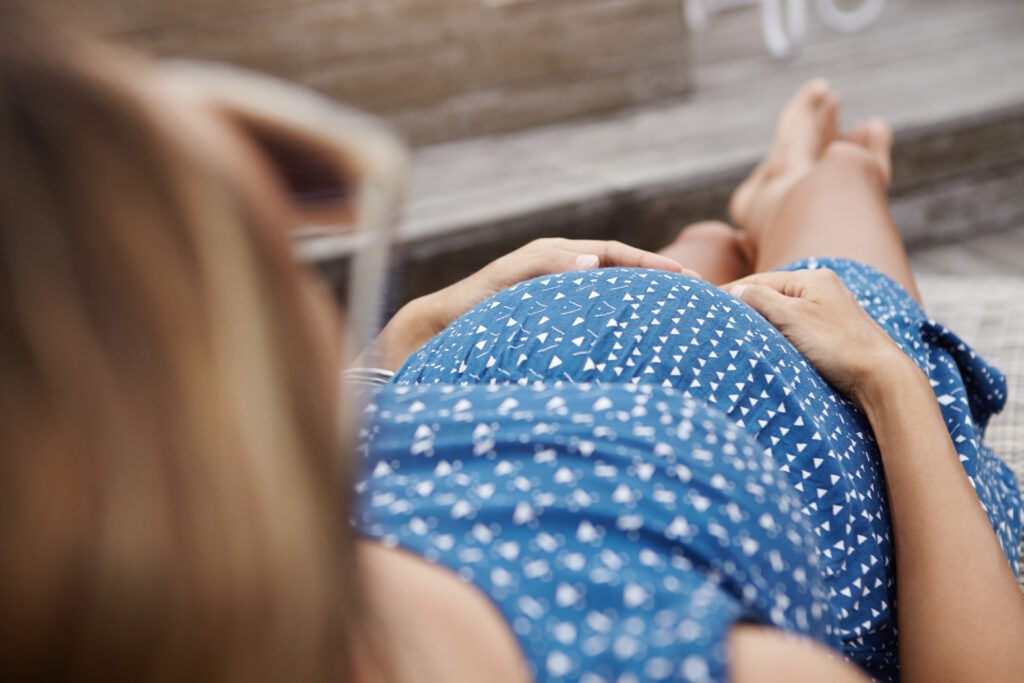
In this article, we will explore the various aspects of heat rash during pregnancy, including its causes, symptoms, treatments, and when to seek medical attention.
What Rashes Occur During Pregnancy?
Pregnancy is a time of significant hormonal changes, and these fluctuations can lead to various skin changes. Rashes in pregnancy can be caused by a variety of factors, including hormonal imbalances, increased blood flow, and heightened sensitivity to certain allergens or irritants. These rashes can manifest as redness, itching, and discomfort on different parts of the body.

Is Heat Rash Common in Pregnancy?
Heat rash, also known as prickly heat or miliaria, is a common skin issue that can occur during pregnancy. This type of rash develops when sweat becomes trapped in the sweat ducts, leading to inflammation and redness. Pregnant women are particularly susceptible to heat rash due to the increased body temperature and heightened sweat production that often accompany pregnancy.
Can Stress During Pregnancy Cause a Rash?
Stress can exacerbate various skin conditions, including rashes, during pregnancy. The hormonal changes triggered by stress can contribute to the development or worsening of pregnancy rashes. Therefore, managing stress through relaxation techniques, regular exercise, and proper self-care can help mitigate the risk of developing such rashes.
What are the types of Heat Rash?
Heat rash, also known as miliaria, is a common skin condition that occurs when sweat gets trapped in the sweat ducts, causing inflammation and irritation. There are different types of heat rash, each with its own characteristics and severity levels.
Here’s a closer look at the types of heat rash you might encounter during pregnancy:
1. Miliaria Crystallina:
- This is the mildest form of heat rash.
- It appears as tiny, clear, fluid-filled blisters on the skin’s surface.
- Typically, it doesn’t cause itching or discomfort and often resolves on its own without treatment.
- It’s important to note that this type of heat rash doesn’t usually require medical intervention.
2. Miliaria Rubra (Prickly Heat):
- Miliaria rubra is the most common type of heat rash.
- It presents as red bumps on the skin, often accompanied by intense itching and a prickling sensation.
- The rash is more likely to occur in areas where clothing causes friction and sweat accumulation, such as the neck, chest, back, and groin.
- Scratching the affected areas can worsen the condition and lead to secondary infections.
3. Miliaria Profunda:
- Miliaria profunda is a less common but more severe form of heat rash.
- It occurs deeper within the sweat ducts and often leads to larger, flesh-colored lesions.
- The skin might feel rough to the touch, and the rash can resemble goosebumps.
- This type of heat rash can develop when recurrent episodes of miliaria rubra are left untreated, and it can cause discomfort and cosmetic concerns.
4. Miliaria Pustulosa:
- Miliaria pustulosa is a rarer form of heat rash that can occur when the sweat ducts become blocked by bacteria.
- It presents as pus-filled blisters, which can lead to discomfort, pain, and secondary infection.
- This type of heat rash is more likely to require medical attention, as it can lead to complications if not treated promptly.
Preventing and Managing Heat Rash During Pregnancy
To prevent and manage heat rash during pregnancy, it’s essential to adopt a combination of preventive measures and effective treatments:
- Stay Cool: Avoid overheating by staying in air-conditioned or well-ventilated areas, especially during hot weather.
- Loose Clothing: Opt for loose-fitting, breathable clothing made from natural fabrics like cotton to allow proper air circulation.
- Keep Skin Dry: Gently pat your skin dry after bathing, and avoid excessive sweating by staying cool and avoiding strenuous activities.
- Cool Compresses: Applying cool, damp cloths to affected areas can provide relief and reduce inflammation.
- Hydration: Drink plenty of water to maintain proper hydration and help regulate your body temperature.
- Avoid Irritating Substances: Avoid using harsh soaps or skincare products that could irritate your skin further.
- Topical Treatments: In consultation with your healthcare provider, consider using mild hydrocortisone creams to alleviate itching and inflammation.
Remember that each person’s skin is unique, so the type and severity of heat rash can vary. If you’re unsure about the type of rash you’re experiencing or if your symptoms are worsening, it’s always a good idea to consult your healthcare provider for guidance and proper diagnosis.
How Long Does Heat Rash Last During Pregnancy?
The duration of heat rash during pregnancy can vary depending on its severity and the effectiveness of treatment. In most cases, with proper care and treatment, heat rash can clear up within a few days to a couple of weeks.
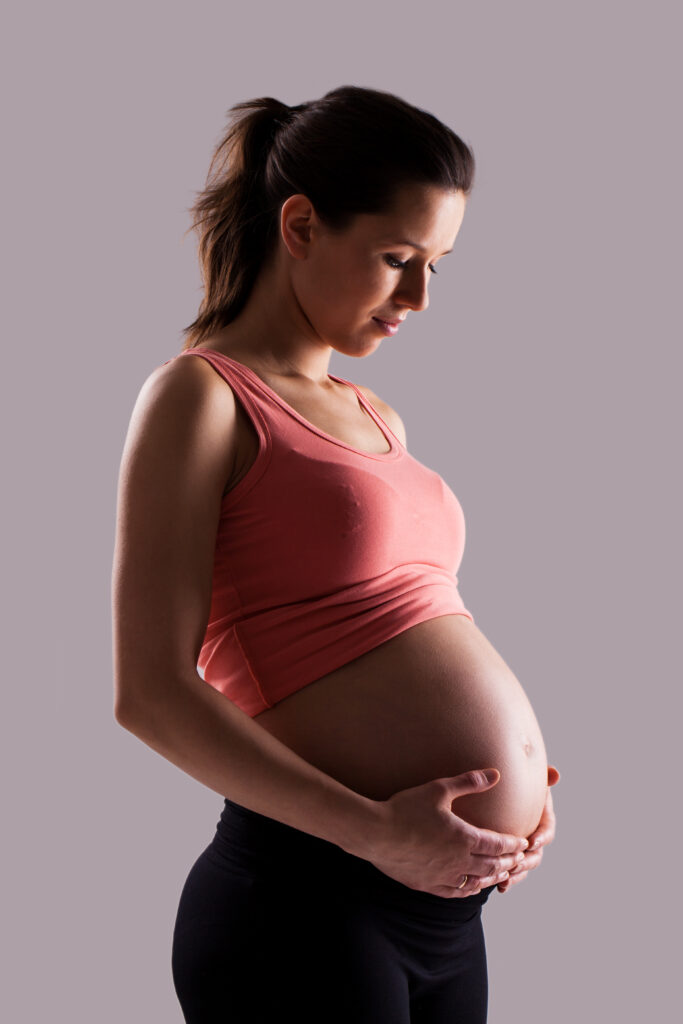
Effective Treatment for Pregnancy Heat Rash
Experiencing a rash during pregnancy, such as heat rash, can be uncomfortable, but there are several effective treatment options to alleviate symptoms and promote healing. Here’s a comprehensive guide to managing and treating pregnancy heat rash:
1. Stay Cool and Dry:
- The first step in treating heat rash is to prevent further irritation. Stay in cool environments and avoid activities that lead to excessive sweating.
- Wear loose, breathable clothing to allow proper air circulation and reduce friction on the affected areas.
- Gently pat your skin dry after bathing to avoid trapping moisture in the sweat ducts.
2. Topical Treatments:
- Mild hydrocortisone creams can help reduce inflammation and itching associated with heat rash. However, it’s crucial to consult your healthcare provider before using any medications during pregnancy.
3. Cool Compresses:
- Applying cool, damp cloths or compresses to the affected areas can provide immediate relief from itching and discomfort.
4. Oatmeal Baths:
- Soaking in an oatmeal bath can help soothe irritated skin and reduce itching. Colloidal oatmeal can be added to your bathwater for a soothing effect.
5. Hydration:
- Drink plenty of water to maintain proper hydration. Adequate hydration can help regulate body temperature and support overall skin health.
6. Avoid Harsh Soaps and Products:
- Use gentle, hypoallergenic cleansers and avoid harsh soaps or skincare products that could further irritate your skin.
7. Antihistamines (Under Medical Supervision):
- If itching is severe, your healthcare provider might recommend antihistamines to help manage the symptoms. Always consult a medical professional before using any medications during pregnancy.
8. Stay Indoors During Peak Heat Hours:
- Avoid being outside during the hottest parts of the day to reduce the risk of overheating and worsening the rash.
9. Aloe Vera Gel:
- Aloe vera gel can provide a cooling and soothing sensation to irritated skin. Make sure to choose a pure and natural gel.
10. Calamine Lotion:
- Calamine lotion can help reduce itching and soothe inflamed skin. Consult your healthcare provider before using any products on your skin during pregnancy.
11. Avoid Scratching:
- Itching can worsen the rash and increase the risk of infection. Try to avoid scratching the affected areas.
12. Consult Your Healthcare Provider:
- If the rash is persistent, worsening, or accompanied by other symptoms like fever or pain, it’s important to consult your healthcare provider for a proper diagnosis and guidance.
What Is the Fastest Treatment for Heat Rash?
Few of the fastest treatment for heat rash are listed down below:
Stay Cool: Avoid overheating by wearing loose, breathable clothing and staying in well-ventilated areas.
Gentle Cleansing: Use mild, hypoallergenic cleansers to keep the affected areas clean without causing further irritation.
Topical Treatments: Apply over-the-counter hydrocortisone creams to reduce itching and inflammation. Consult your healthcare provider before using any medications during pregnancy.
Oatmeal Baths: Soaking in an oatmeal bath can help soothe itching and discomfort.
Stay Hydrated: Drink plenty of water to maintain proper hydration, which can aid in regulating body temperature.
What Home Remedies Can Help Prevent Heat Rashes?
Their are lots of home remedies that can help to prevent heat rashes. Few of them are listed down below:

- Stay Hydrated: Drinking water helps maintain your body’s temperature regulation.
- Avoid Overheating: Stay in cool environments and avoid activities that lead to excessive sweating.
- Choose Appropriate Clothing: Wear loose, breathable fabrics that allow your skin to breathe.
- Air Circulation: Ensure good air circulation in your living spaces to prevent excess heat buildup.
- Cool Compresses: Applying cool, damp cloths to affected areas can provide relief.
Can Pregnancy Rash Affect the Baby?
In most cases, pregnancy rashes are not harmful to the baby. However, if you have any concerns or notice unusual symptoms, it’s essential to consult your healthcare provider for a proper evaluation.
When to See a Doctor?
While heat rash during pregnancy is typically harmless, there are instances where medical attention is necessary. Consult your healthcare provider if:
- The rash worsens or spreads rapidly.
- You develop a fever alongside the rash.
- The rash becomes painful or pus-filled.
- You experience symptoms like dizziness or shortness of breath.
Conclusion
Experiencing a rash during pregnancy, including heat rash, can be uncomfortable, but with the right care and treatments, you can manage and alleviate the symptoms. By staying cool, maintaining proper hygiene, and seeking medical guidance when needed, you can navigate this aspect of pregnancy with confidence. Remember, each pregnancy is unique, so it’s essential to prioritize your well-being and reach out to healthcare professionals for personalized advice.
Frequently Asked Questions
- Can pregnancy rashes harm my baby?
Pregnancy rashes are generally not harmful to the baby. However, if you have concerns, consult your healthcare provider.
2. Is heat rash during pregnancy preventable?
Heat rash can be prevented by staying cool, wearing breathable clothing, and avoiding excessive sweating.
3. Are there any specific creams safe for treating pregnancy rashes?
Consult your healthcare provider before using any creams or medications during pregnancy. Hydrocortisone creams may be recommended in some cases.
NOTE TO THE READER: Remember, every pregnancy is unique, and it’s important to consult your healthcare provider for personalized advice and treatment options.

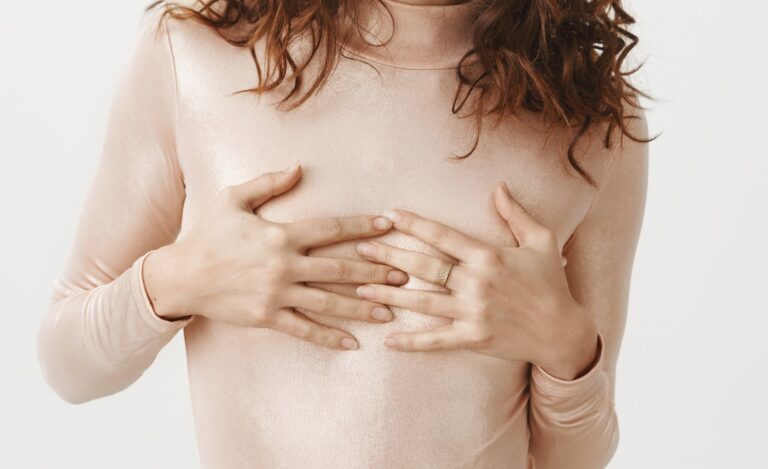
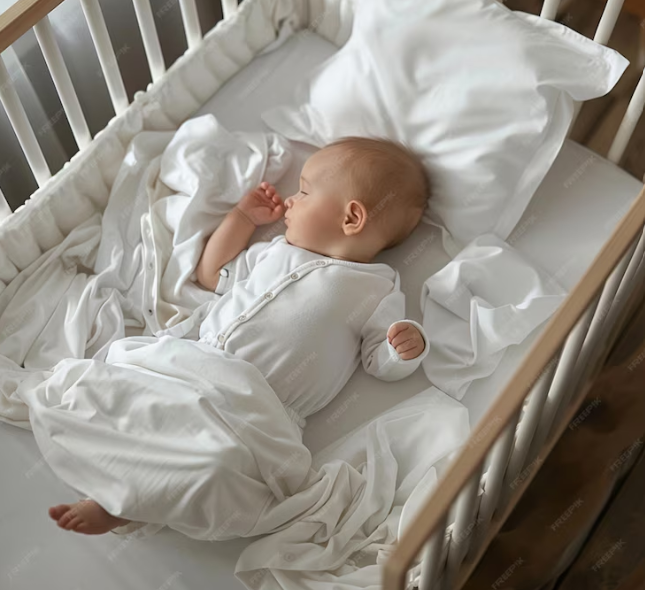
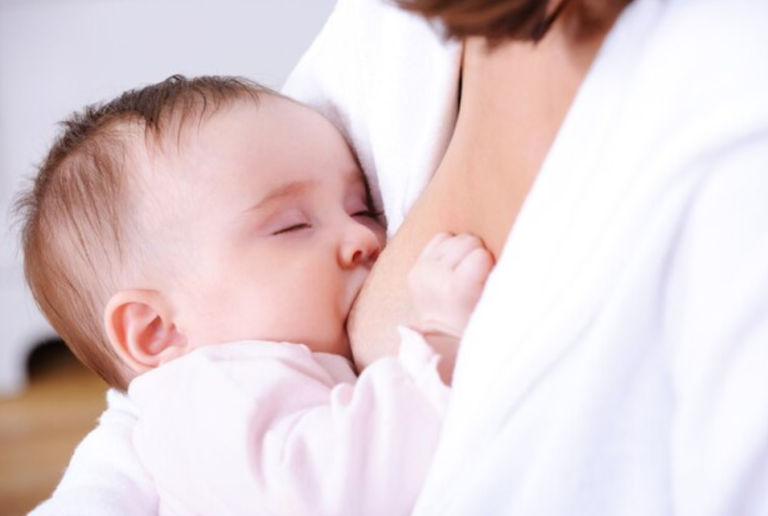
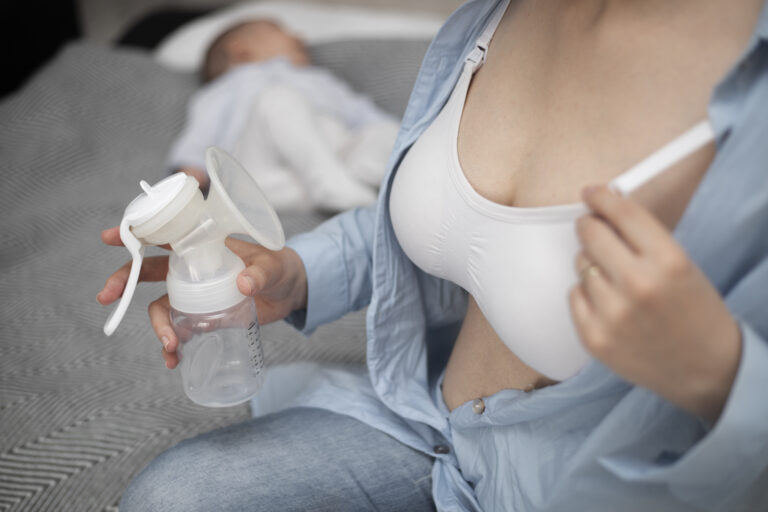







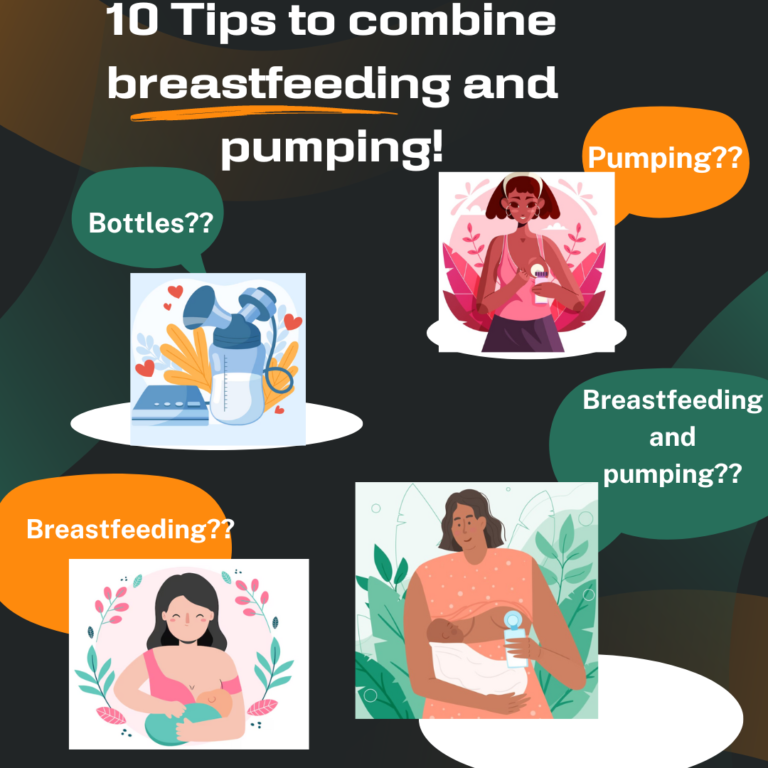


+ There are no comments
Add yours